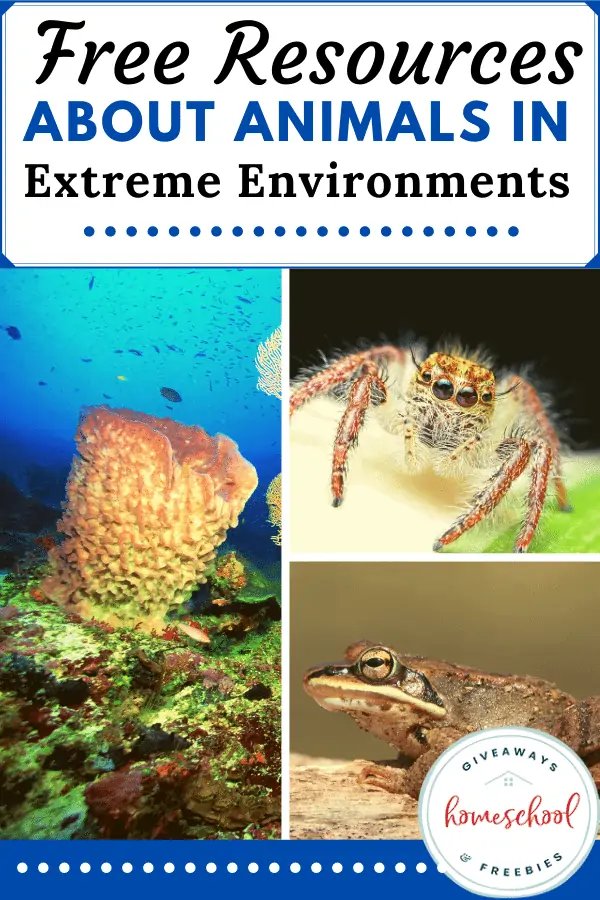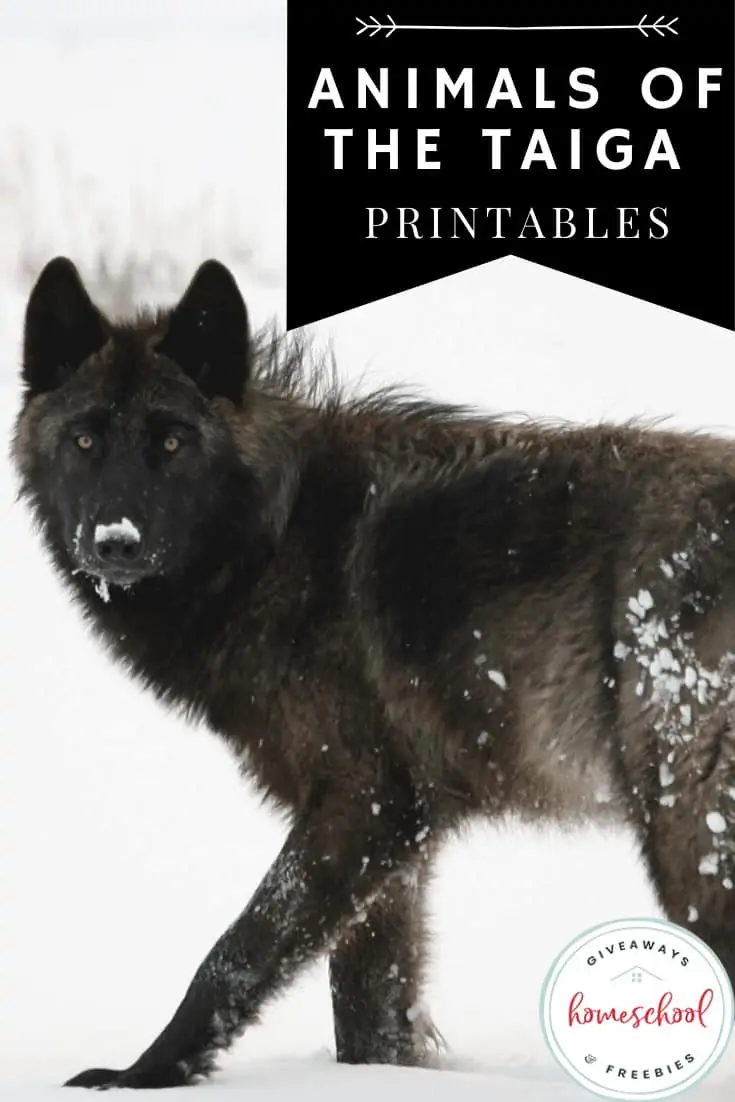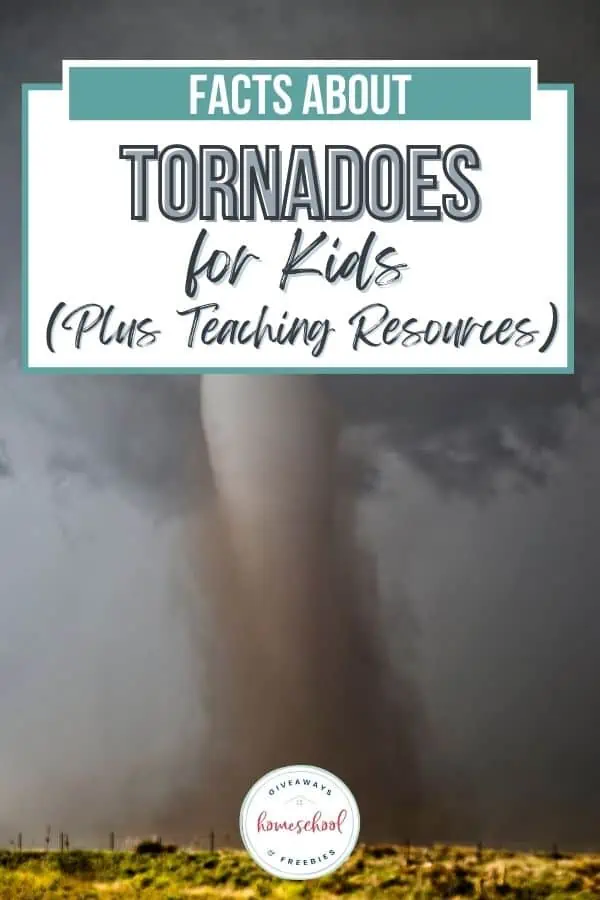Free Resources About Animals in Extreme Environments
Published:
June 1, 2020
Contributor:
Jeannette Tuionetoa
Disclosure: This post may contain affiliate links, meaning if you decide to make a purchase via my links, I may earn a commission at no additional cost to you. See my disclosure for more info.
This world has some pretty extreme environments. We can’t help but wonder how living things can even exist in them, yet they do. These free resources about animals in extreme environments will go great alongside your lessons to explore animals that are tough enough to withstand them.
We all most likely have been close to some type of extreme environment or at least heard about them. Whether it be extreme heat, extreme danger, or cold, you can’t help but wonder how animals could even exist in the intensity.
Somehow life forms find a way to survive in the most horrific of surroundings. I, of course, attribute that to God’s creation. God is perfect, and in his perfection, he created animals that can adapt and adjust to survive.
Life, which is God-breathed, is made to be extremely resilient.
For birds who don’t fly in the arctic, the atmosphere can get downright dangerous, and that isn’t even solely because of the weather.
Caribou migrate to the area from long distances, and polar bears are always on the prowl. Yet the flightless birds don’t go extinct.
Your kids will love learning about extreme environments and how living things exist despite them. It is quite amazing.
Find out more about some of the world’s most amazing creatures with these free resources about animals in extreme environments.
Emperor Penguin

Emperor penguins are about 45 inches tall and are the largest of the world’s penguins. They can dive deeper than any other bird—down to 1,850 feet. To help cope with extreme weather conditions, these penguins have solid bones, vice the normal hollow bones of other birds.
That isn’t it. These penguins (unlike other ones) breed during the Antarctic winter, where the wind chill reaches -76 degrees Fahrenheit.
When the winds are coldest, the penguins come together in a huddled circle with any youngsters kept in the middle where it is the warmest. The penguins’ huddles rotate slowly, then the adults taking turns to take the brunt of the cold on the outside boundary. How adorable is this?
Emperor Penguins FREEBIE | Jennifer Drake
Emperor Penguin Slideshow | National Geographic
FREE Printable Emperor Penguins Lesson And Printables | The Hippie Homeschooler
Polar Bear
I am not sure if you know this, but I sure didn’t. Polar bears do not hibernate! Was it just me that didn’t know this? OK, so polar bears have this specially adapted energy metabolism. This metabolism allows them to keep warm with minimal energy loss, especially when food is scarce.
They have other cool characteristics that help them in frigid environments, like two-layer fur. They have dense underfur and transparent hairs that guard the underfur, which looks white when light reflects it. Under those is a 4.5inch thick layer of fat.
A polar bear’s massive paws (up to 11.8 inches across) with tiny bumps on their footpads help provide polar bears with a firm grip to walk (or run) on snow and ice.
FREE Polar Bear Activities and Ideas | Promoting Success
All About Polar Bears Informational Text Writing (FREE) | Teaching Differently
FREE Polar Bear Paw Writing Prompt: Polar Bear Facts | The Classroom Creative
Polar Bear Activities for Tots & Preschoolers w/ FREE Printables | Every Star is Different
Tardigrades (The Water Bear)

Tardigrades are microscopic animals – yes, which people “say” looks like a tiny bear. I see the resemblance, but honestly, they freak me out. After this, if I never see another picture of a tardigrade, I would be A-OK.
The “water bear” (less than 1mm long) is found around the world in aquatic and terrestrial ecosystems. Tardigrades are actually can live virtually very well in a range of extreme environments. OK, check this out.
Tardigrades are considered one of the most fascinating animals out there. They can be boiled, freeze them, dry them, and even expose them to radiation and they still will live for 200 years.
They have been known to withstand temperatures as cold as -457 degrees and as hot as 357 degrees, 5,700 grays of radiation. Here is some perspective: 10 to 20 grays of radiation would kill a human.
This extraordinary adaptability is due to a process called cryptobiosis. In this process, the body mimics death during times of extreme stress.
OK, that’s it… I can’t think about this little monster any longer.
What is a Tardigrade? | The Fact Site
Meet The Giant Tardigrades From A New Exhibition About Amazing Animals | BuzzFeed
Tardigrade QUIZ AND FACT BOOK | Mike Shaw Today
The Ultimate Tardigrade Quiz! – printable FREE PDF worksheet | Purland Training
New Species of ‘Indestructible’ Animal Found in Surprising Place with Video | National Geographic
Cockroach (specifically the German and American Cockroach)
Oh gosh, this one is even worse to me. Why? It’s because we can come in contact with cockroaches in our lifetime. Whether it is or is not a myth that cockroaches can withstand a nuclear holocaust, they are one of the grossest creatures I have ever seen.
They have several characteristics that contribute to their resilience against extreme environments. Cockroaches often evolve to become resistant to pesticides, probably about six times within just one generation.
They have a long genome that encodes quickly for enzymes that fight off pesticides. As we know, they also can fit in spaces about 50% their size and can hold around 900 times their body weight. (It gets worse the more I read.)
Here are the last few things, and I promise to be done with the roaches. They can go for a month without food, two weeks with no water at al and… even live quite some time without their heads.
It gets worse.
They are probably one of the world’s most extreme animals because they are capable of holding their breath for over 30 minutes. Flushing may not work! I have to move on.
Madagascar Hissing Cockroach FREE Lapbook | Homeschool Share
FREE Printable Cockroach Coloring Pages for Kids | BCPK – Best Coloring Pages for Kids
Kangaroo rat
The kangaroo rat is definitely made to live in the desert. It can thrive without ever drinking water, ever. They get all the water they need from their seed diet.
They have large ears to hear predators from far away, and even have large hind legs to help them jump up to 9 feet (2.75m) high in one jump to get away from those predators.
Cactus Desert Animals Unit Study and Lapbook | Homeschool Share
Kangaroo Rat – A Rodent Survivor in The Hot North American Desert FREE Download | TES.com
Himalayan Jumping Spider
Sorry spider haters. This one’s maybe not for you!
Himalayan jumping spiders can be found at an average of 22,000 feet on the Himalayan Mountain slopes. Its Latin name, omnisuperstes, literally means “highest of all.”
No other animal has been known to live its life at this high altitude because of the desperately short supply of air.
Here’s some perspective on the altitude. It is 5,300 feet (1600 m) higher than the highest inhabited settlement on earth in the Peruvian Andes.
They have super sharp eyesight, maybe because they have four large eyeballs to spot the insects blown up the mountain by the wind and leap down onto their prey.
The Himalayan Jumping Spider – Nature Video | PBS
Himalayan Jumping (Euophrys omnisuperstes) | Spider Identifications
Prezi Presentation – The Himalayan Jumping Spider | Izzy Haynes
There are so many other animals thriving in extreme environments like the Greenland shark inhabiting the deepest of ocean depths (3,900ft) living up to 500 years.
Wood frogs are amongst the animals on our planet that can freeze to death and come back to life, yes there are more that do this.
Extreme environment animals are just plain cool!
Grab these extra free resources about animals in extreme surroundings and explore more about the environments themselves.
Most Extreme Environments on Earth (Video) | Epic Wildlife
18 Animals That Survive the Most Extreme Conditions (Video) | Epic Wildlife
Animals of the Desert Printables
FREE World Extremes Cheat Sheets
Animals of the Taiga Printables
Arctic Animal – FREE Resource! | StudentSavvy
Adaptations – How animals cope with HOT Weather: Biology for Kids | Inventors of Tomorrow
Design A Fantasy Animal – All About Animal Adaptations | Happy Healthy Messy
Animal Research Activities | The Curriculum Corner
Meet the Animals That Survive Extreme Desert Conditions | National Geographic
6 Insane Animals That Live in Volcanoes | Seeker
Animals That Survive Extreme Desert Conditions | National Geographic
Kids enjoy learning about animals, especially animals that almost have superhero powers like these thrilling creatures. They may “eeek!” or be grossed-out, but you will also get a “wow!” or two with lots of eagerness to learn more about God’s extreme environment handiwork.












